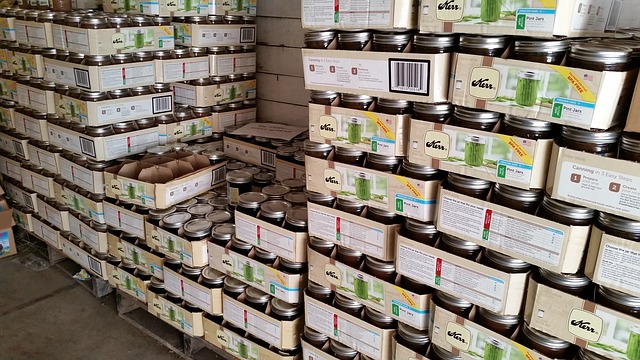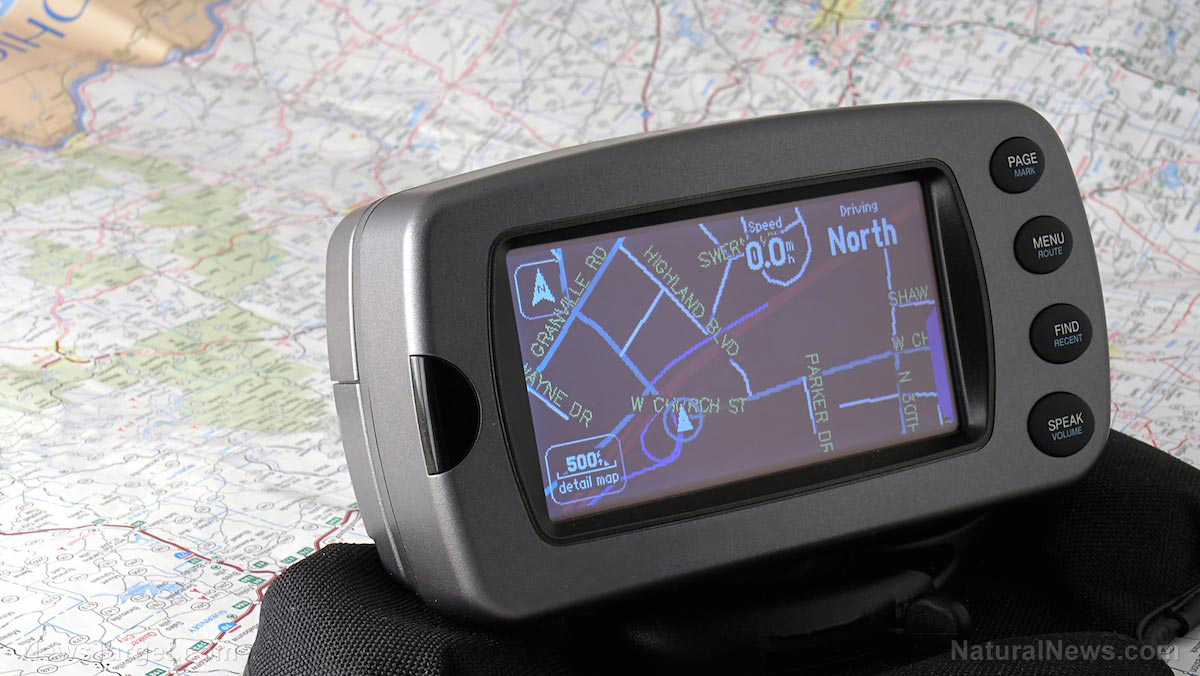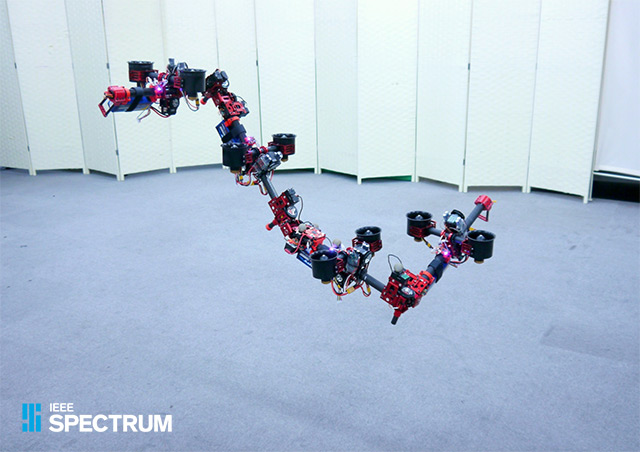Robot automation can fill grocery orders in minutes, dramatically reducing reliance on human workers
11/07/2017 / By Isabelle Z.

U.K. online grocer Ocado used to take about two hours to put together an order of 50 items for a customer. A human worker would go around and collect the various meats, produce and dairy products the customer requested and put the order together manually. Now, however, they’ve found a way to get the job done in just five minutes.
They accomplish this using a fleet of a thousand robots that go through the warehouse and pick the items before delivering them to human packers. It is hoped that the technology will make the process of grocery shopping online as easy and common as buying electronics and other items. Until now, the process of fresh food order fulfillment has been very challenging in terms of getting the job done accurately and quickly while still turning a profit. It’s something that has even eluded experts in order fulfillment like Amazon, who suspended their Amazon Fresh service in several states after failing to keep up with demand.
In fact, most grocers currently fulfill online grocery orders manually, and the concept of sending a person around the aisles of a store or warehouse to pick up items and place them in carts is far from efficient.
According to Ocado, automation is the only way that individualized grocery orders can be dealt with in large volumes. In addition to selling groceries, they sell the software and hardware they use to other retailers.
Of course, not every grocer will be willing or able to invest in robots. For those cases, Ocado also has a software system that can help to set up a more productive in-store picking system.
Some human workers will still be needed
While Ocado’s robots can certainly cut down on the number of human workers needed, they won’t replace them entirely. Ocado still has around 200 workers dealing with tasks that the machines aren’t able to carry out yet, such as loading and unloading trucks. Nevertheless, they say that once their new facility reaches full capacity, it will match the productivity of their earlier warehouse that required three times as many workers.
Ocado says it has thousands of workers packing boxes, loading trucks, and delivering food. Some of these jobs could also soon be replaced by robots. The company is searching for ways to automate other parts of fulfillment, such as using autonomous vehicles and drones for drop-offs.
One job that seems unlikely to go to robots any time soon is that of packing, as robots still cannot be given the dexterity of human hands. This means they can’t grab certain food items, like a bunch of kale, without causing damage. A robot arm that picks fruits and vegetables without bruising them is currently in development, but it’s still something that needs a lot of refinement.
Robots are also taking over the jobs of workers on grocery store floors as a new automated shelf-auditing robot prepares to launch. Known as Tally, the robot captures, reports and analyzes a store’s stocks to help maximize sales. The robot is capable of moving around the store, going from shelf to shelf and scanning to find items that are out of stock, running low or misplaced.
It’s hard to say where all of this is going. It’s concerning to see people lose jobs to robots, but humans are prone to making mistakes that can hurt a business’s bottom line, and workers are prone to getting sick or distracted. Many people argue that robots are taking over mundane and possibly dangerous tasks and freeing up people to work in more stimulating areas, like customer service. However, it’s pretty clear that those who lack the right skills could find themselves losing their jobs to robots.
Follow more news on robots at Robots.news.
Sources include:
Tagged Under: automation, autonomous vehicles, future tech, humanoid robots, Ocado, order fulfillment, robots, warehouses

















